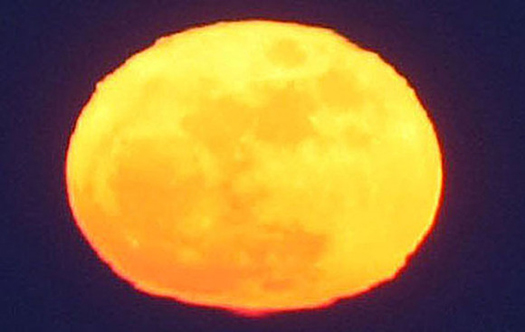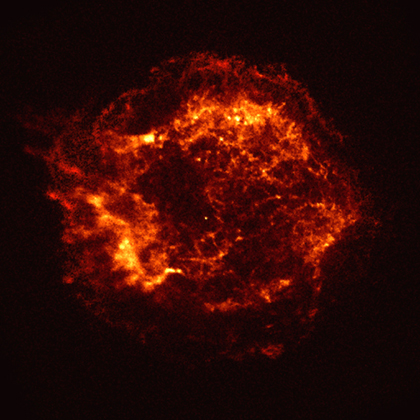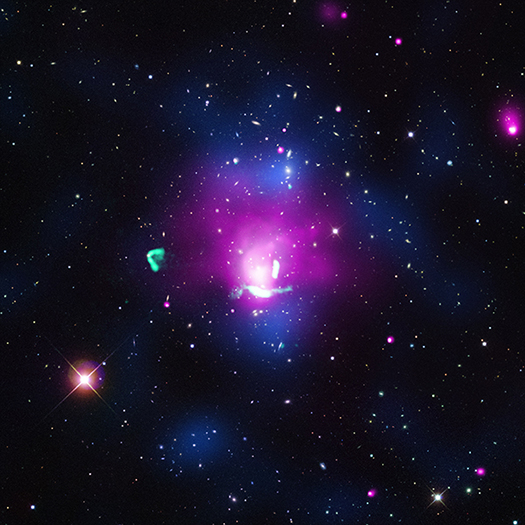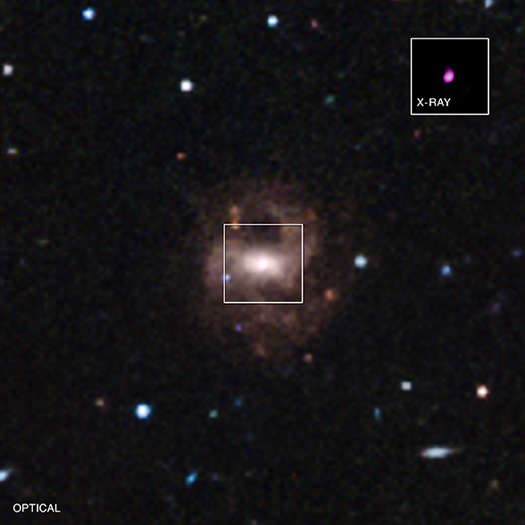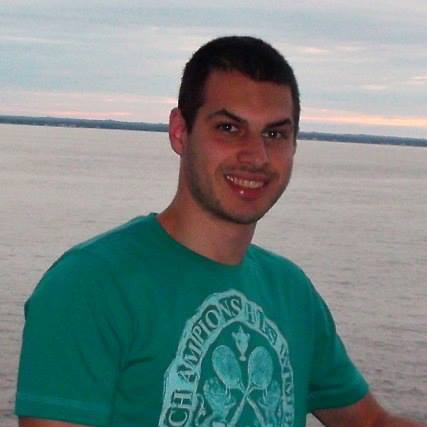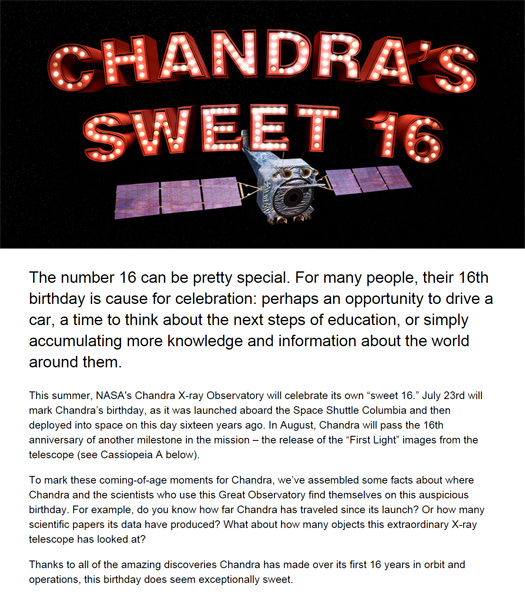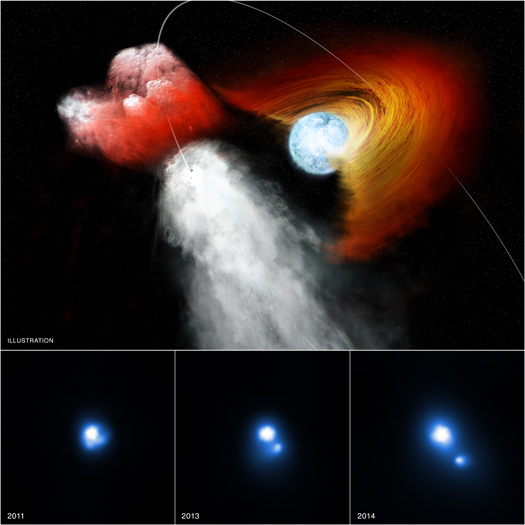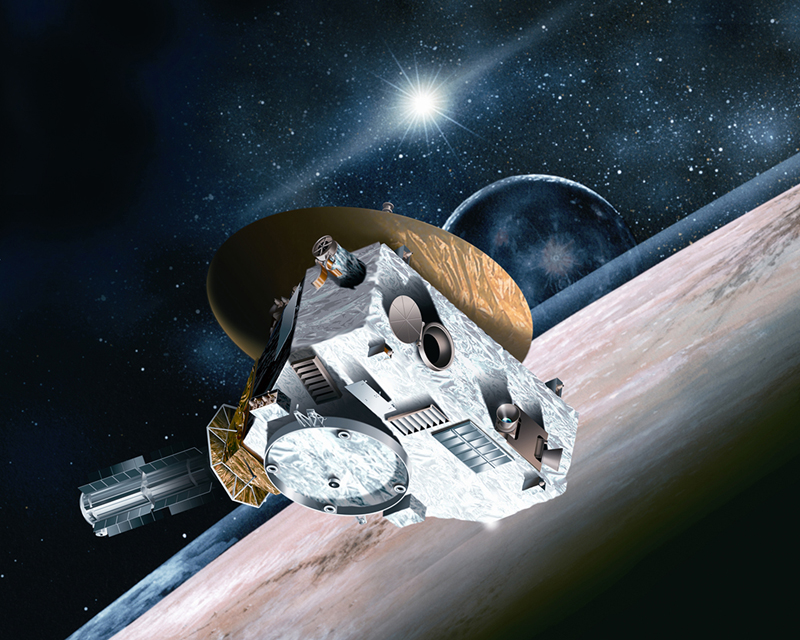Interning with Chandra
Submitted by chandra on Thu, 2015-09-17 10:18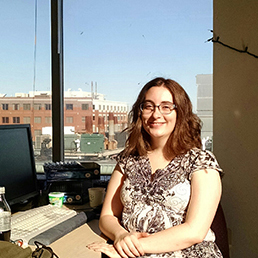
Alicia Goldstein
We welcome Alicia Goldstein, who was an intern at the Chandra X-ray Center this past summer, as our guest blogger. Ms. Goldstein, originally from Ellicott City, MD, is currently a senior at the University of Maryland, Baltimore County where she majors in mechanical engineering. Prior to this summer, Ms. Goldstein was an intern at NASA’s Goddard Space Flight Center and lists working for NASA as her ideal career goal.
This summer, I worked on two separate projects. The first involved the development of a Python code that would display the defined and predicted positions and velocities of Chandra, and the second involved the analysis of the periods of the variable stars in the Chandra Variable Guide Star Catalog,, or VGuide, database. The coding project involved interpreting and manipulating previous code, as well as creating entirely new sections. Given an input of two data files, the code was able to output a file with plots of the predicted and defined velocities and positions of the spacecraft.




